Early surgery is the "golden key" to saving cancer patients
In particular, in patients detected at an early stage, surgery can be a radical treatment, providing a 99% chance of cure without the need for chemotherapy or radiotherapy afterwards, such as in cases of breast, thyroid, colon cancer...
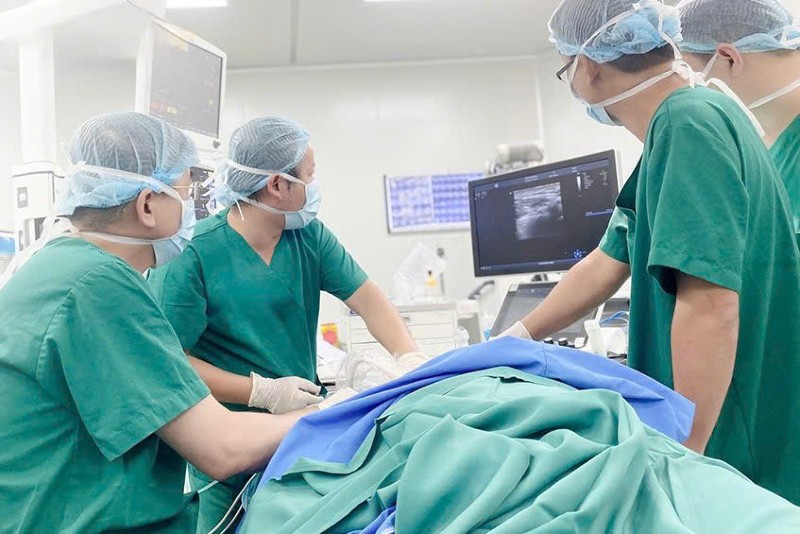 |
| The doctor is performing surgery on a cancer patient. |
However, reality shows that many cancer patients, especially the elderly with many underlying diseases such as high blood pressure, diabetes, kidney failure, cardiovascular disease... often refuse surgery because of fear of risks, fear of the disease getting worse, leading to missing the optimal treatment time.
At a general medical facility in Ho Chi Minh City, doctors have received more than 100 cases of cancer patients with underlying diseases who refused surgery because they were afraid that going under the knife would cause cancer cells to metastasize or worsen the underlying disease.
The case of Ms. TVNT (67 years old, Dong Nai ) is an example. In 2023, she discovered a small tumor the size of a peanut in her left breast and was diagnosed with stage 0 breast cancer. However, with fear due to her old age, stage 4 chronic kidney failure and high blood pressure, she decided not to seek treatment, choosing to "live day by day" despite the persuasion of her children and grandchildren.
By early November 2024, the tumor had grown as big as a lime and her body was pale. Her family was forced to take her to Tam Anh General Clinic in District 7 to find a treatment plan.
Ultrasound, mammography and biopsy results showed that the left breast cancer had progressed to stage 2, invading surrounding breast tissue. The patient needed a mastectomy, sentinel lymph node biopsy and axillary lymph node dissection if metastasis was detected.
Despite her anxiety, Ms. T. still had a fear of surgery due to her serious underlying illness. To convince her to cooperate with the treatment, the doctors organized a consultation between specialists to evaluate and control her kidney function, ensuring the surgery was safe.
According to Dr. CKII Luu Kinh Khuong, Head of the Department of Anesthesia and Resuscitation, during the surgery, if blood potassium and fluid intake are not well controlled, Ms. T. could be at risk of acute pulmonary edema or cardiac arrest at any time.
Therefore, the anesthesia team limits fluid infusion, carefully checks potassium levels before anesthesia, and chooses drugs that are less excreted through the kidneys, have little effect on the heart, and are self-decomposed in plasma so that there are no residues in the body.
The drug dosage is carefully calculated and closely monitored by a 10-parameter monitor system, helping to control blood pressure, anesthesia depth, pain level, heart rate, muscle relaxation... throughout the surgery, ensuring timely handling of any abnormalities that may occur.
The team also installed an invasive arterial blood pressure measurement system, providing accurate real-time results down to the mmHg, helping to detect any abnormalities early so that medication can be adjusted promptly. Compared to the manual blood pressure measurement method that takes 30 seconds to 1 minute to produce results, this technique significantly reduces the risk of complications such as cerebral ischemia during surgery.
When the anesthesia is stable, the team of doctors here injects blue medicine into the areola, cuts the skin and takes the blue lymph nodes (sentinel nodes) to send for pathological anatomy.
While waiting for the results, the left mastectomy was performed. After 20 minutes, the results returned confirming the presence of cancer cells in the sentinel lymph nodes, meaning that the cancer had metastasized to the axillary lymph nodes. Immediately, the team continued to scrape the left axillary lymph nodes and sutured the incision. The total surgery time was 90 minutes.
After surgery, muscle relaxants were administered. Ms. T. was discharged from the hospital just 24 hours after surgery. After recovering, she continued chemotherapy and radiation therapy to reduce the risk of recurrence. Although her current five-year survival rate is about 70%, if surgery were performed early, her chances of survival could reach 99% and she would not need chemotherapy or radiation therapy.
According to Dr. Huynh Ba Tan, Tam Anh General Hospital, Ho Chi Minh City, surgery is a long-standing cancer treatment method and plays a particularly important role in multimodal treatment (surgery, radiotherapy, chemotherapy, immunotherapy, etc.).
Surgery does not make the disease worse as many people fear. In some cases, after surgery, the doctor determines that the disease is more severe not because “surgery spreads”, but because pre-operative diagnostic techniques such as endoscopy, CT, MRI… have not detected small or scattered lesions. Surgery is the way to make a more accurate assessment and help treat more effectively.
Nowadays, with the development of modern medicine, diagnostic and treatment methods have been improved, helping doctors minimize risks and optimize treatment effectiveness. Complications such as hypotension, infection, bleeding, etc. can all be controlled if the surgery is performed at a hospital with full specialties, modern equipment and a team of experienced doctors.
Dr. Khuong shared that anesthesia for people with underlying diseases is very different and complicated, requiring doctors to closely monitor and promptly adjust medications to avoid complications during surgery and after surgery. If not well controlled, patients may experience dangerous complications such as hypotension, heart failure, myocardial infarction, stroke... Therefore, anesthesia and resuscitation play a vital role in the success of surgery.
Anesthesia time for people with underlying diseases needs to be shortened as much as possible, anesthesia and surgery techniques must be precise to the minute to ensure the patient's safety. Delaying surgery can cause the disease to progress rapidly, spread, and lose the chance of a complete cure.
On the contrary, when detected and intervened early, the patient can be cured without chemotherapy or radiotherapy, saving time, costs and reducing treatment pain.
Free examination for hunchback and scoliosis in children: Early detection, avoiding serious consequences
108 Military Central Hospital organizes a free screening program for children under 18 years old with hunchback and scoliosis, with the hope of early detection and timely intervention, helping children escape the risk of severe spinal deformities, affecting physical and psychological development.
Four years ago, patient B.D. (3 years old, Thanh Hoa ) had surgery to correct spinal deformity at the 108 Central Military Hospital. The child had suffered from L1 hemivertebral deformity since the age of 2, leading to severe congenital thoracic-lumbar scoliosis, making bending and leaning difficult and limiting movement.
The child's scoliosis was severe, with a curvature angle of up to 66 degrees. According to doctors, if the surgery was performed until the child was 6 years old or older, the spine would not have been corrected. Thanks to early intervention, the scoliosis was effectively corrected without causing nerve damage. After surgery, the patient recovered well, his legs moved normally, and he has had a stable life for the past 4 years.
According to Dr. Phan Trong Hau, Head of the Department of Trauma and Spinal Orthopedics, 108 Central Military Hospital, hunchback and scoliosis are diseases that seriously affect the structure and function of the body.
If not detected and treated early, the disease can progress rapidly, causing severe deformities, affecting the heart and lungs, causing respiratory failure, hypoplasia of the chest, and even threatening life. Even in mild cases, the disease affects aesthetics, makes children self-conscious, and affects psychological development.
The free screening program is held from May 12 to June 1, 2025, for children under 18 years old with signs of hunchback and scoliosis. This is an opportunity to detect spinal diseases early, avoiding late treatment or complicated surgeries.
Signs of suspected scoliosis in children include uneven shoulders, a head tilted to one side, uneven shoulder blades, uneven dressing on both sides, one side of the body being noticeably thinner, legs of different lengths, or one hip being abnormally high.
Dr. Hau emphasized that timely detection and treatment will help prevent hunchback and scoliosis from progressing, reduce the risk of major surgical intervention, and improve the overall quality of life and physical appearance of children.
Successful surgery for rare brain tumor caused by genetic syndrome in 14-year-old patient
Viet Duc Friendship Hospital has just successfully performed surgery on a rare brain tumor on a 14-year-old female patient with Von Hippel-Lindau genetic syndrome. This is one of three rare cases recorded at the hospital over the past 10 years.
The patient is a 14-year-old female who was found to have a tumor at the base of her left skull, growing from the petrous bone. Previously, the patient had undergone two surgeries at major hospitals in Ho Chi Minh City, but only stopped at tumor biopsy, with the initial diagnosis being a hemangioma in the bone. However, after surgery, the patient continued to experience intermittent ear bleeding, causing prolonged anxiety for the family.
At the end of February 2025, the family took the patient to Viet Duc Friendship Hospital for examination and was diagnosed with a temporal brain tumor.
Through multidisciplinary consultation, doctors here suspected that the patient had Von Hippel-Lindau syndrome - a rare genetic disorder that causes the formation of hemangiomas in many organs in the body such as the brain, spinal cord, kidneys and pancreas.
In particular, this case has the appearance of a very rare tumor: endolymphatic sac tumor - a benign but easily recurring tumor, found only in a very small number of patients in cases related to Von Hippel-Lindau syndrome.
Family history further strengthened the diagnosis: the patient's father also had hemangioblastoma in the posterior fossa and had to have surgery again at Viet Duc Friendship Hospital due to complications of cerebrospinal fluid leakage.
The father also had surgery for renal cell carcinoma, another characteristic manifestation of the syndrome. The patient herself had renal and pancreatic cysts, consistent with the clinical manifestations of Von Hippel-Lindau syndrome.
On March 6, under the coordination of Dr. Dao Trung Dung, Deputy Head of the Department of Otorhinolaryngology, Bach Mai Hospital and doctors from the Neurosurgery Center, Viet Duc Friendship Hospital, the surgery lasted from 8am to 10pm and was successfully performed. The team removed 90% of the large tumor (58x67x65mm), preserving the patient's facial nerve.
The tumor had invaded the petrous bone, pushed the brain stem and compressed the surrounding brain tissue, making the surgery complicated and risky.
However, with modern neurosurgical techniques and effective anesthesia and resuscitation from the team of doctors Bui Thi Hanh (Center for Anesthesia and Surgical Resuscitation), the patient recovered quickly, without new neurological complications, and the function of the 7th cranial nerve was preserved at the pre-surgery level.
Pathology results confirmed that the tumor was an endolymphatic sac tumor, consistent with the initial clinical diagnosis. This is a benign tumor, but is prone to recurrence if not closely monitored and controlled. After surgery, the patient was stable, with no serious complications recorded.
Currently, the patient will continue to be monitored by the neuro-oncology board at Viet Duc Friendship Hospital to determine a long-term treatment plan, prevent the risk of recurrence and complications. This case also shows the important role of genetic screening and multidisciplinary treatment in complex neurological diseases associated with genetic syndromes.
Source: https://baodautu.vn/tin-moi-y-te-ngay-75-phau-thuat---chia-khoa-song-con-trong-dieu-tri-ung-thu-phat-hien-som-d279349.html





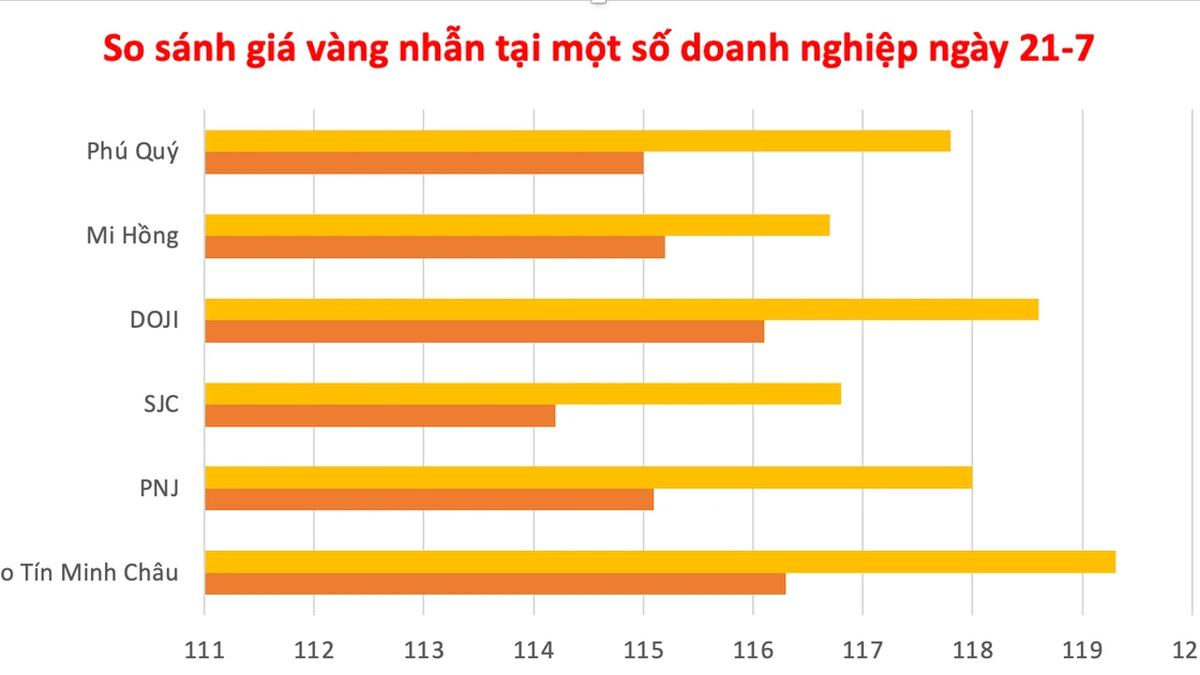
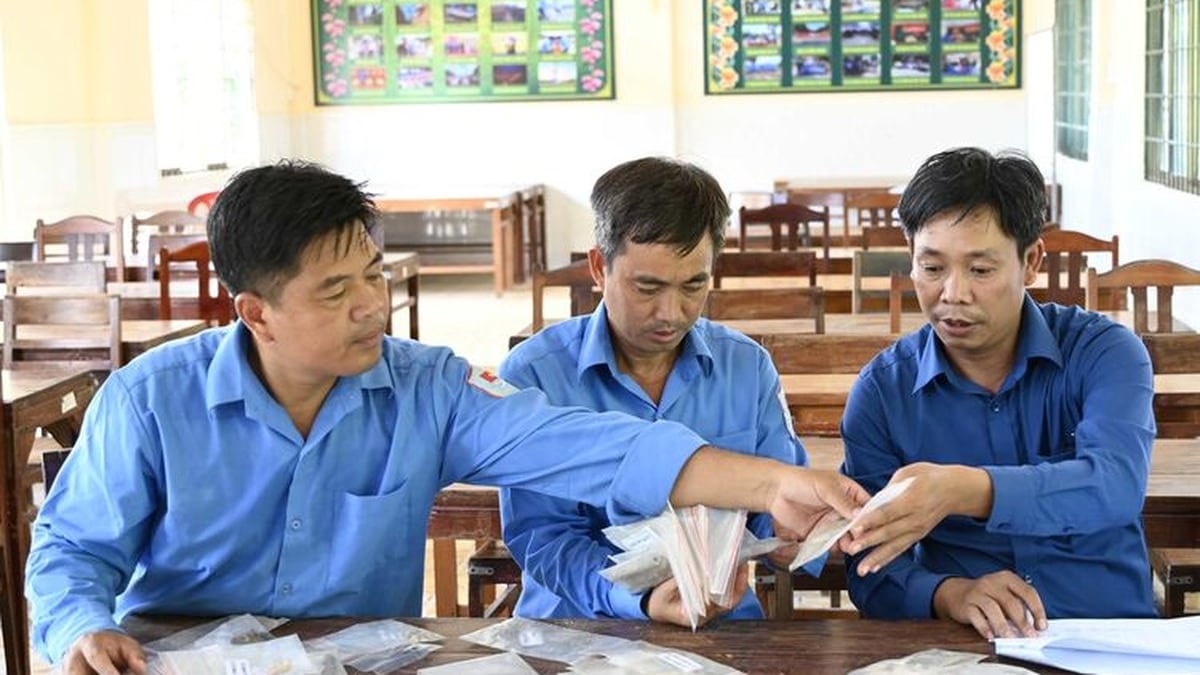
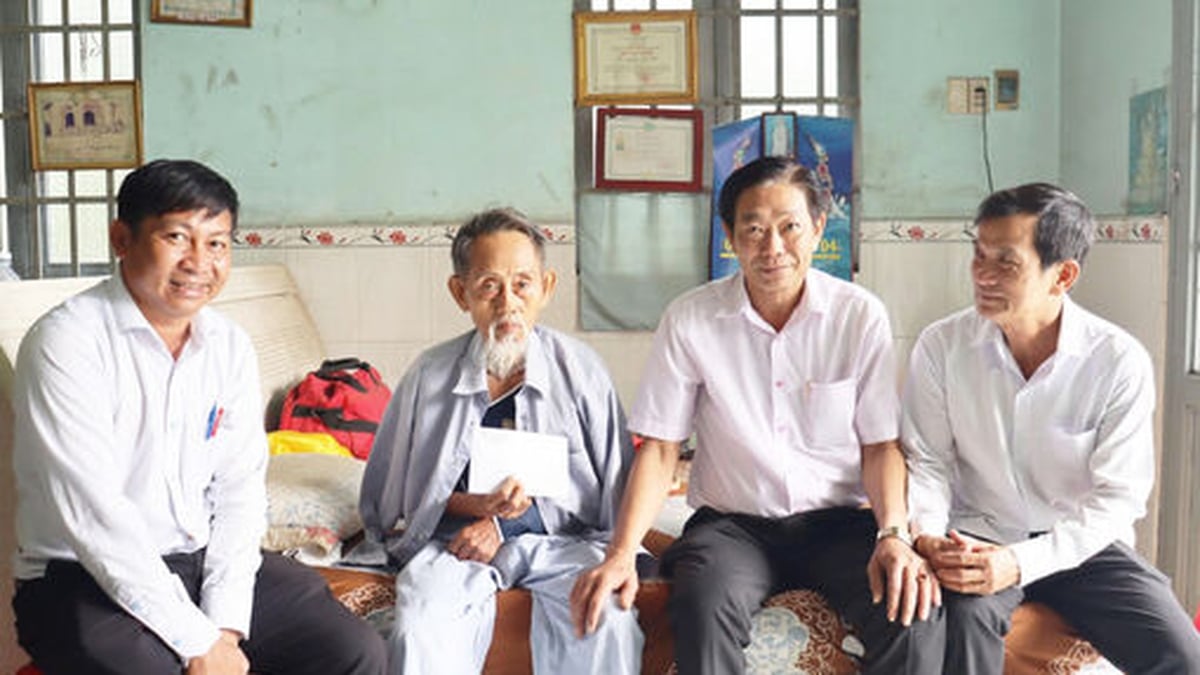
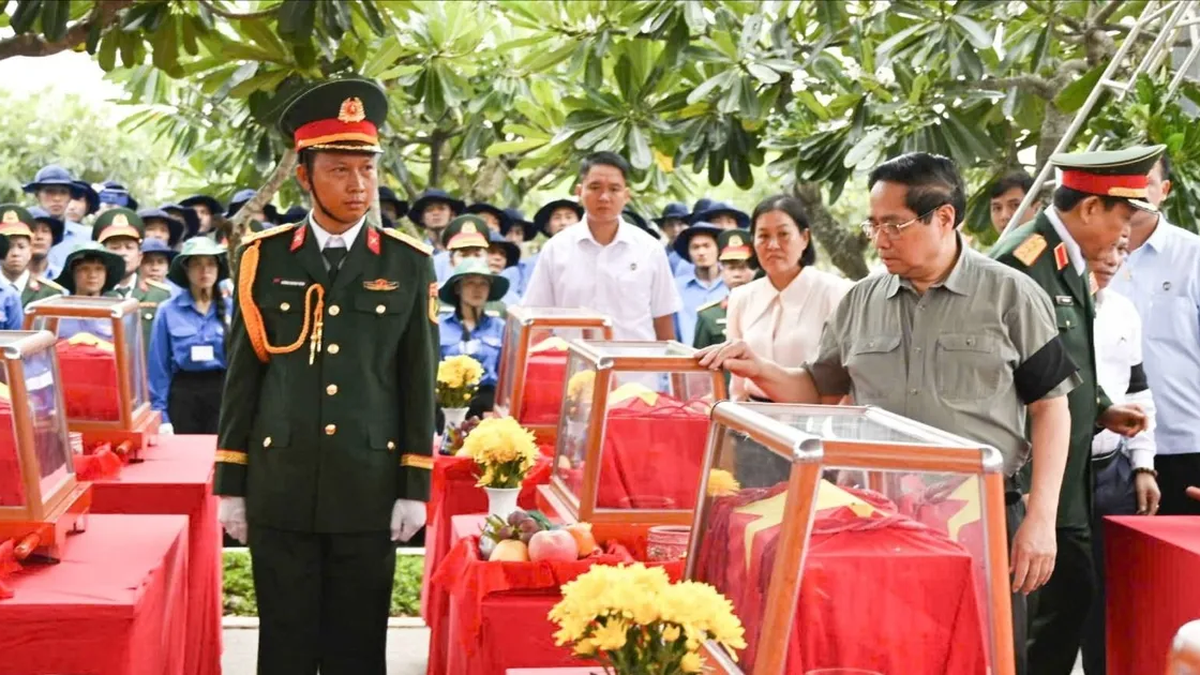
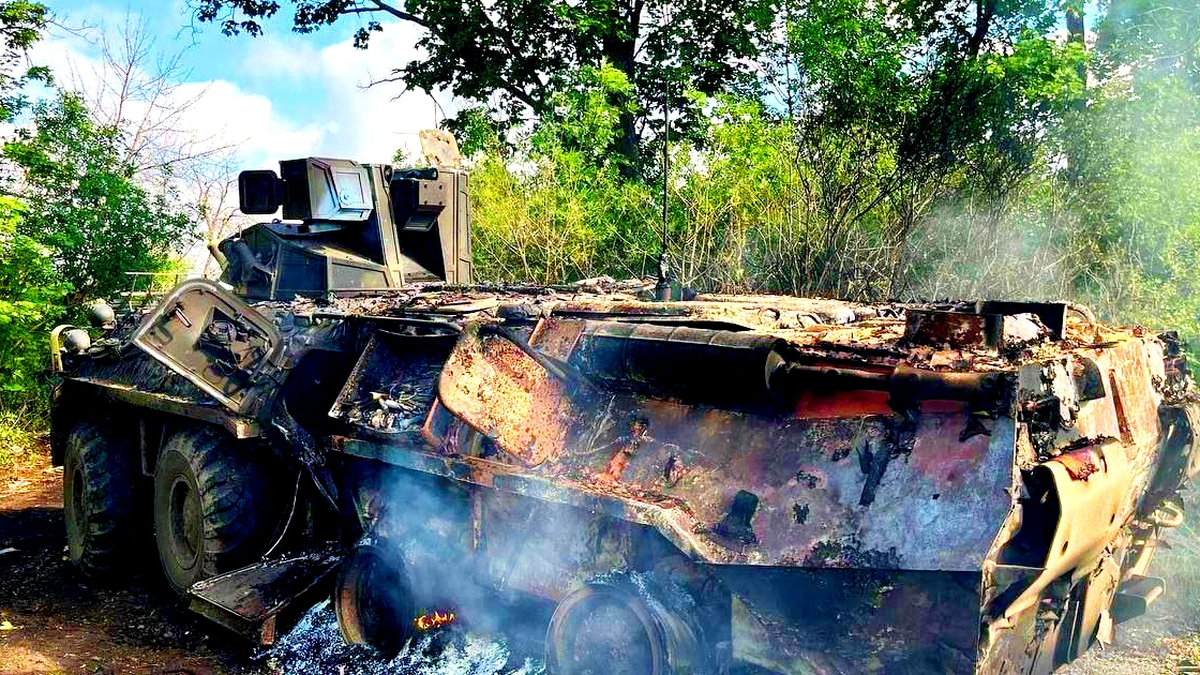
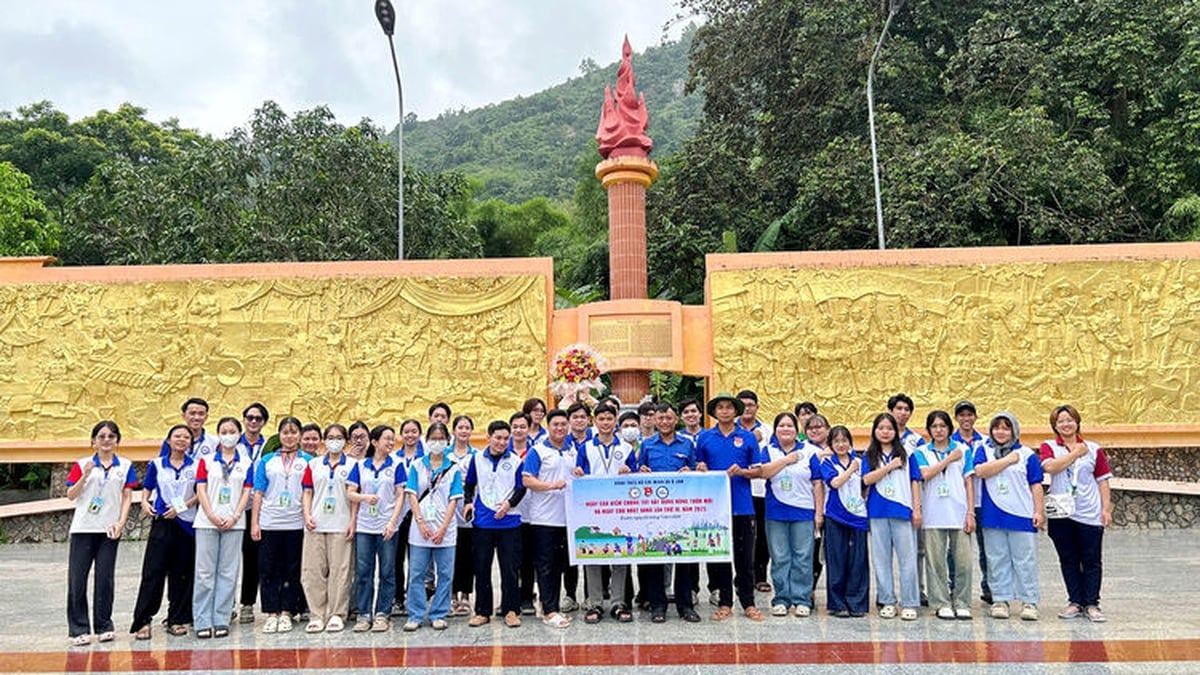












![[Photo] National Assembly Chairman Tran Thanh Man visits Vietnamese Heroic Mother Ta Thi Tran](https://vphoto.vietnam.vn/thumb/1200x675/vietnam/resource/IMAGE/2025/7/20/765c0bd057dd44ad83ab89fe0255b783)










































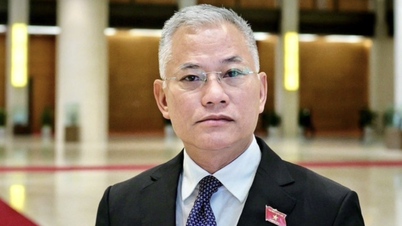




























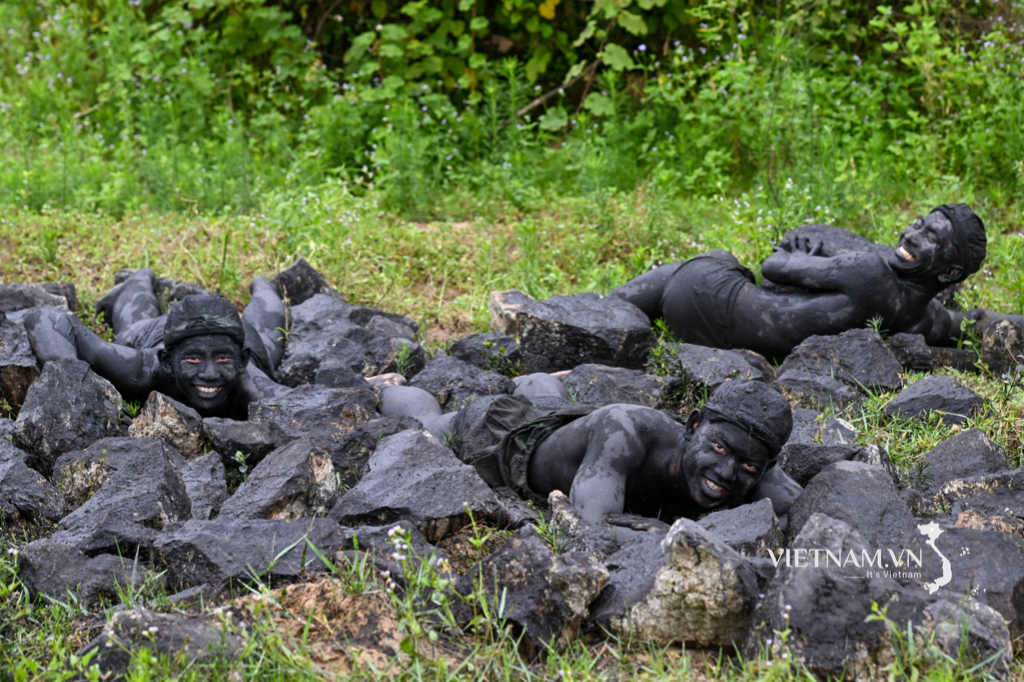

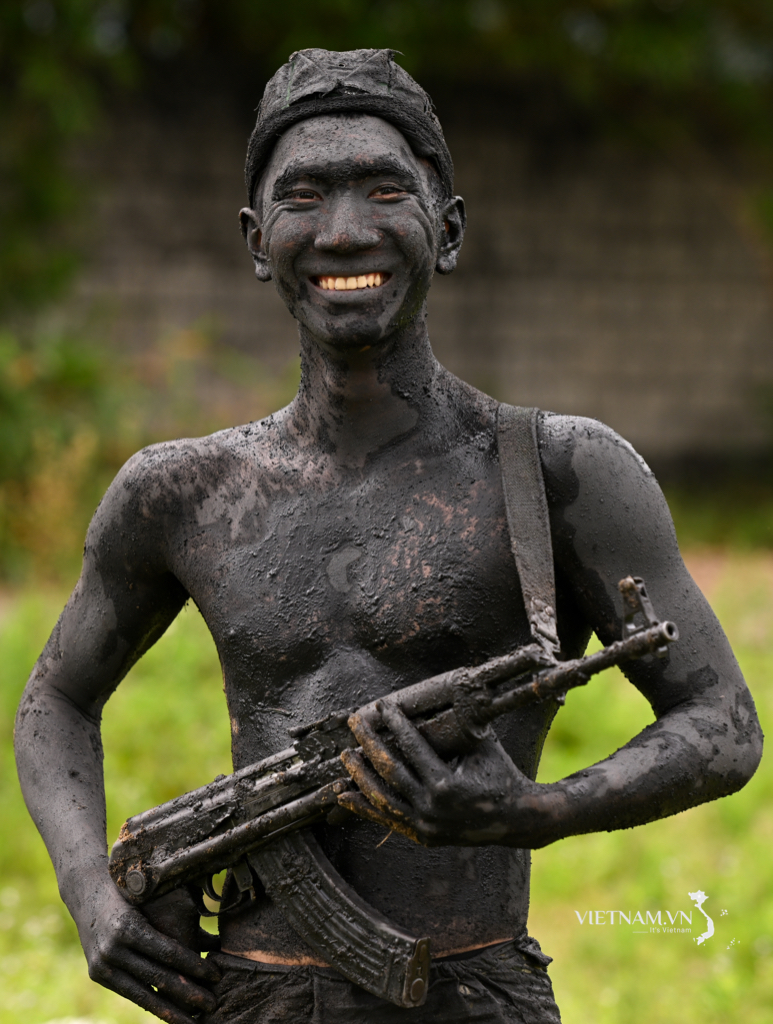
Comment (0)